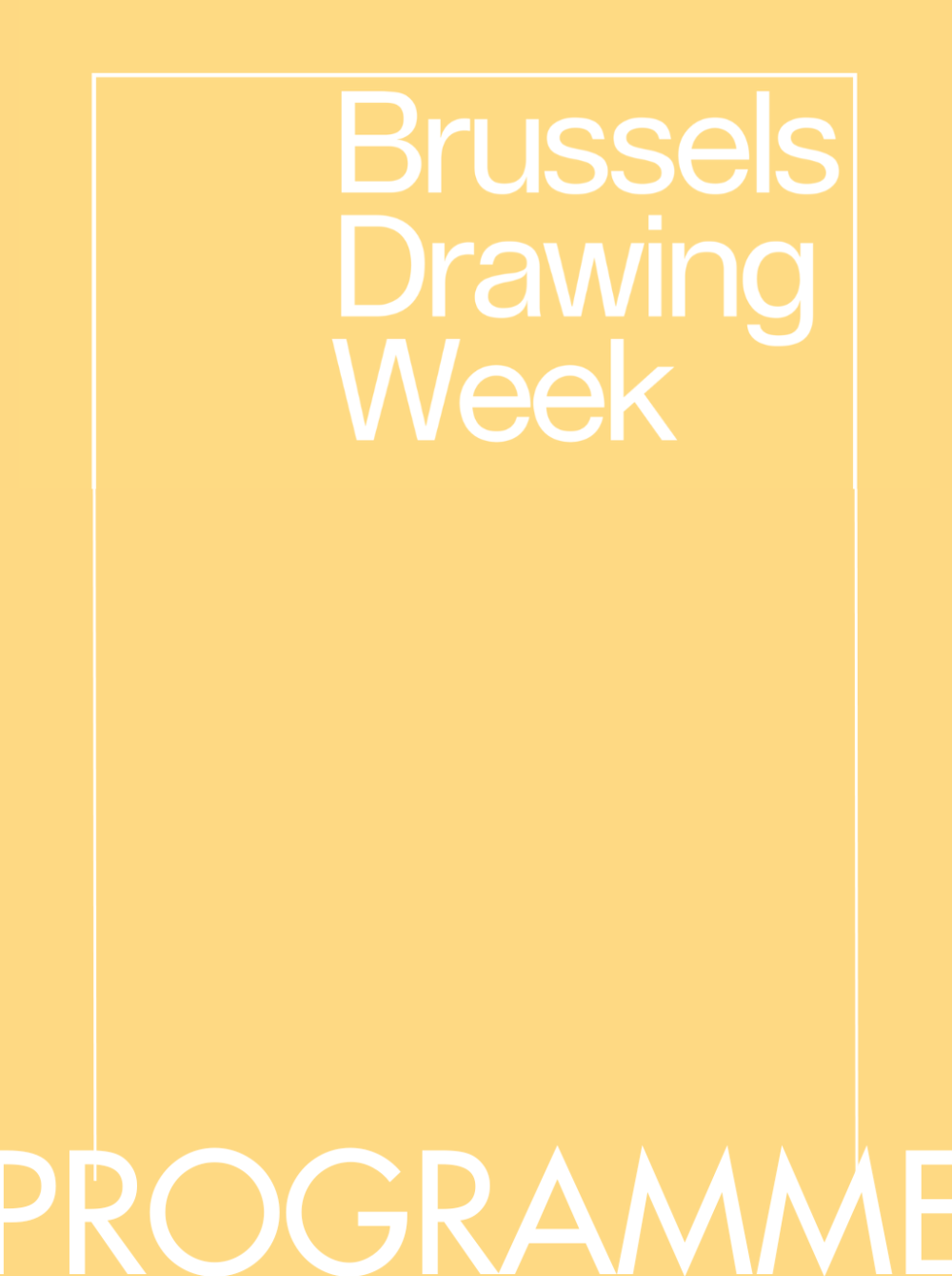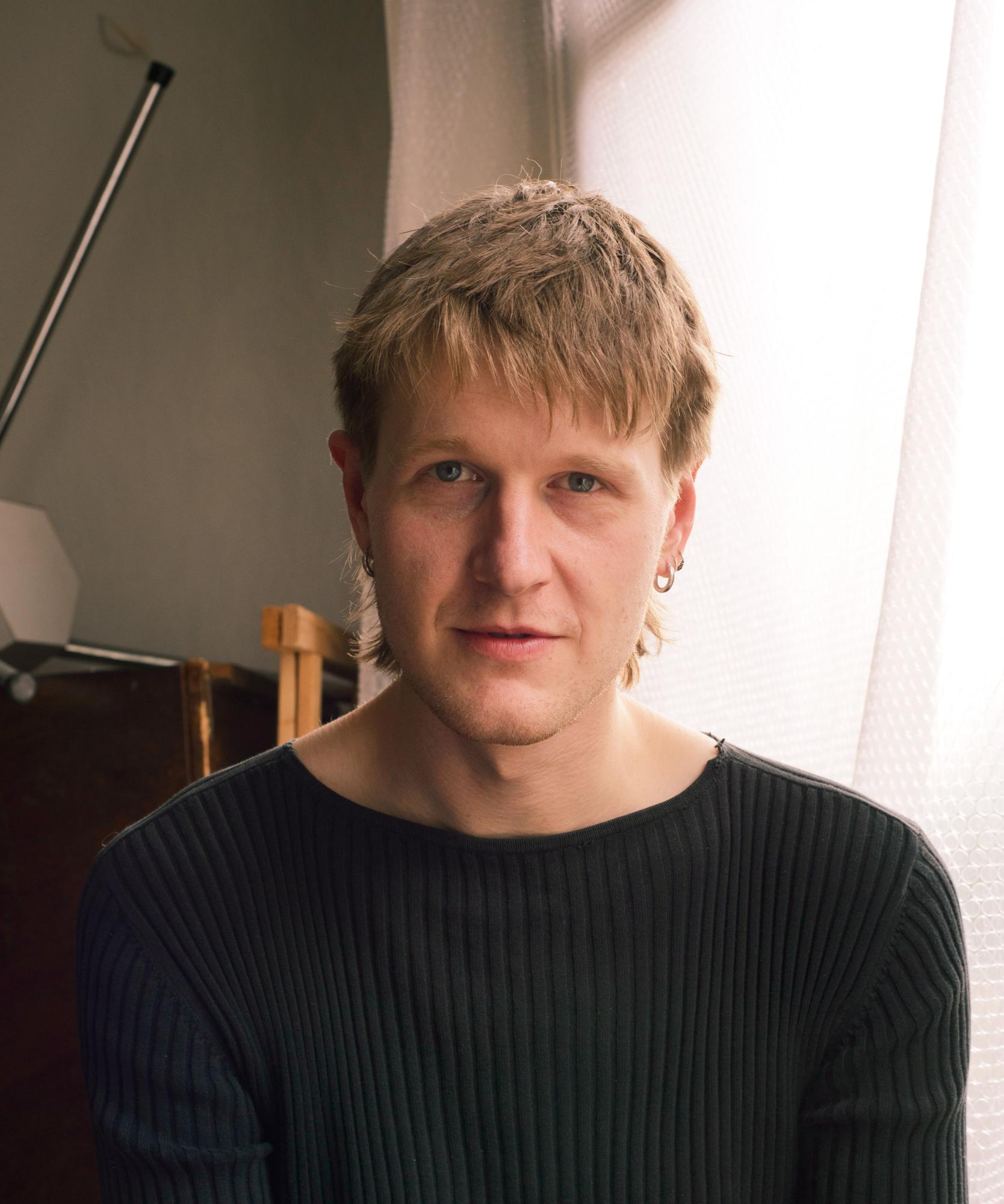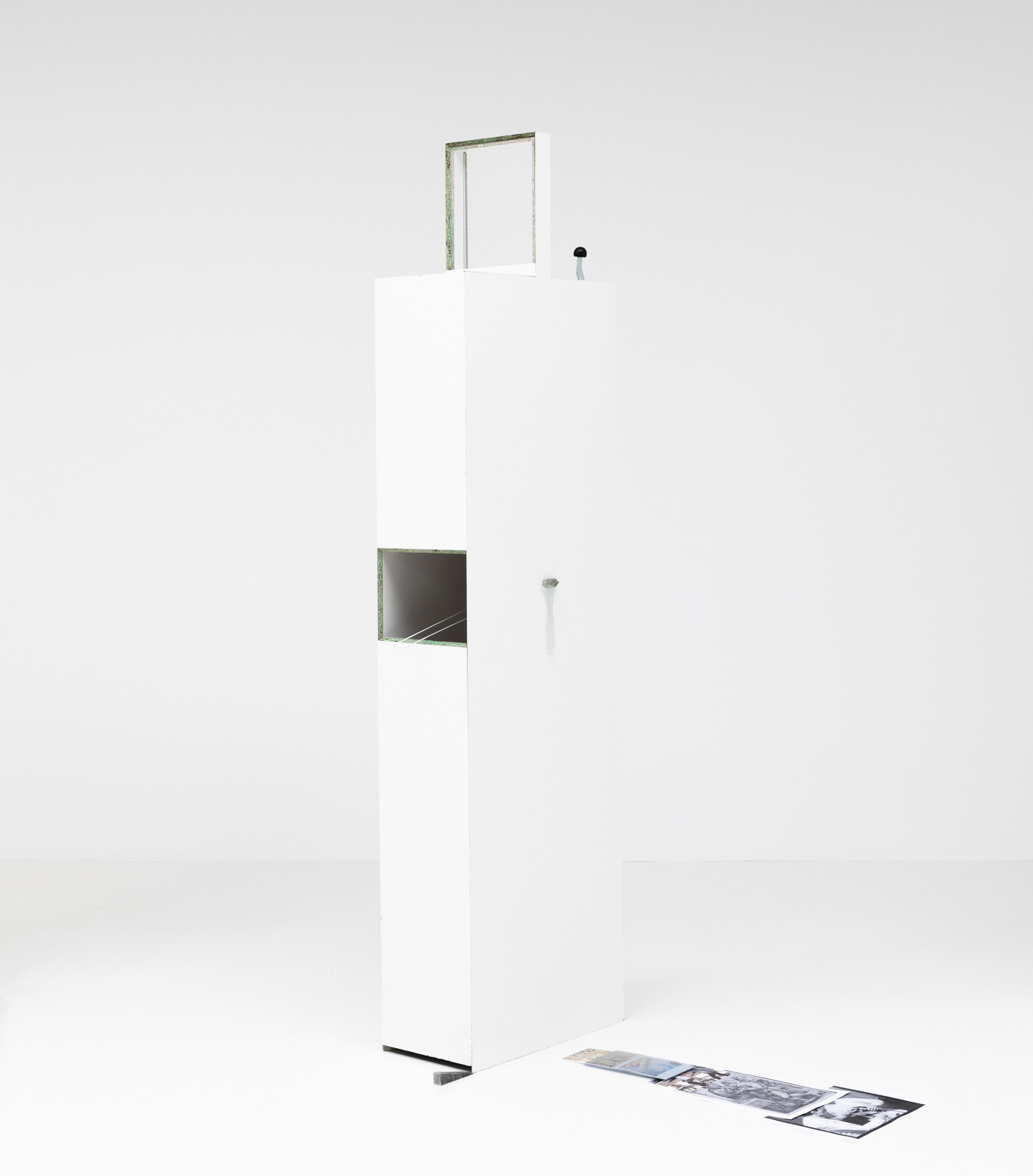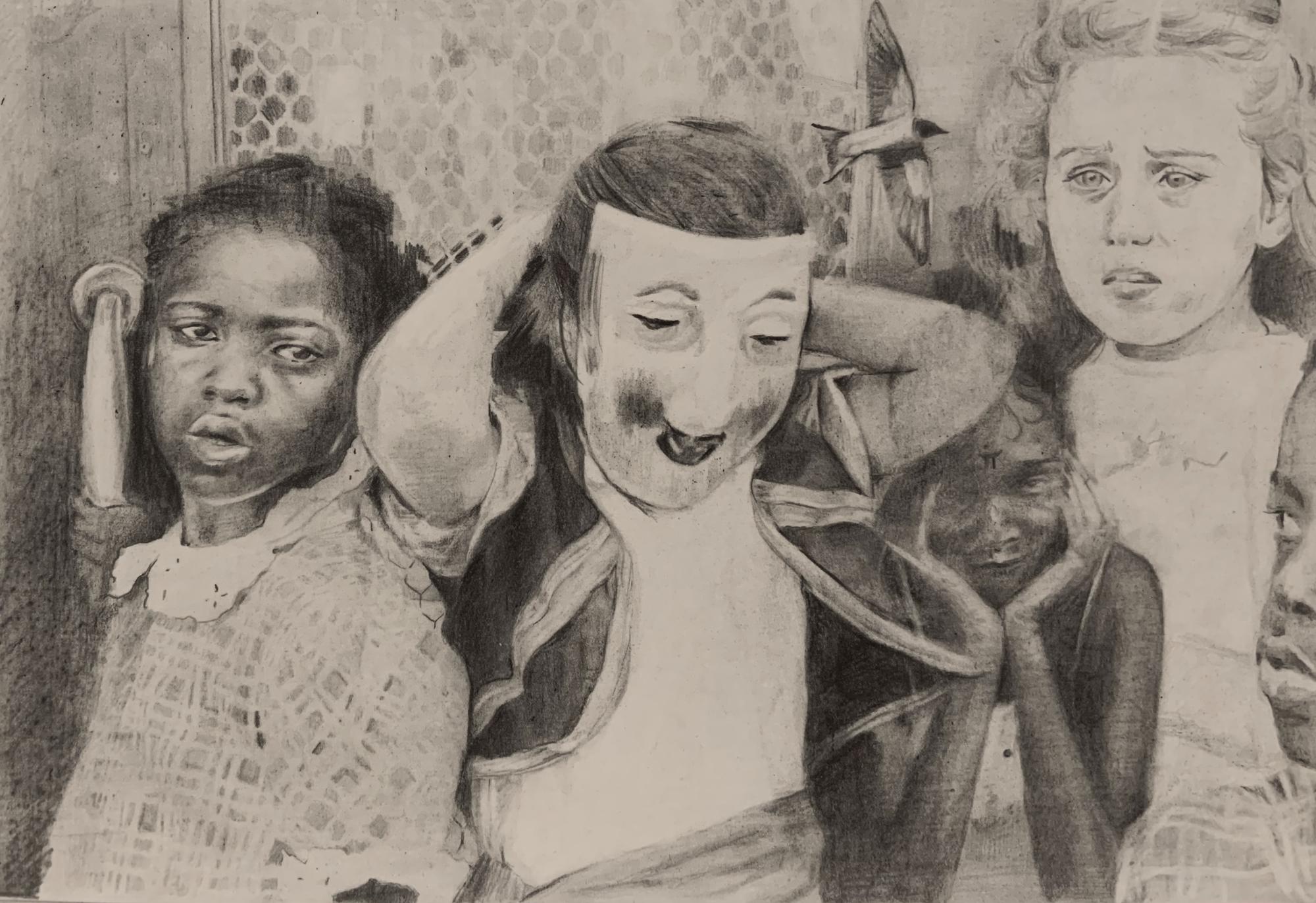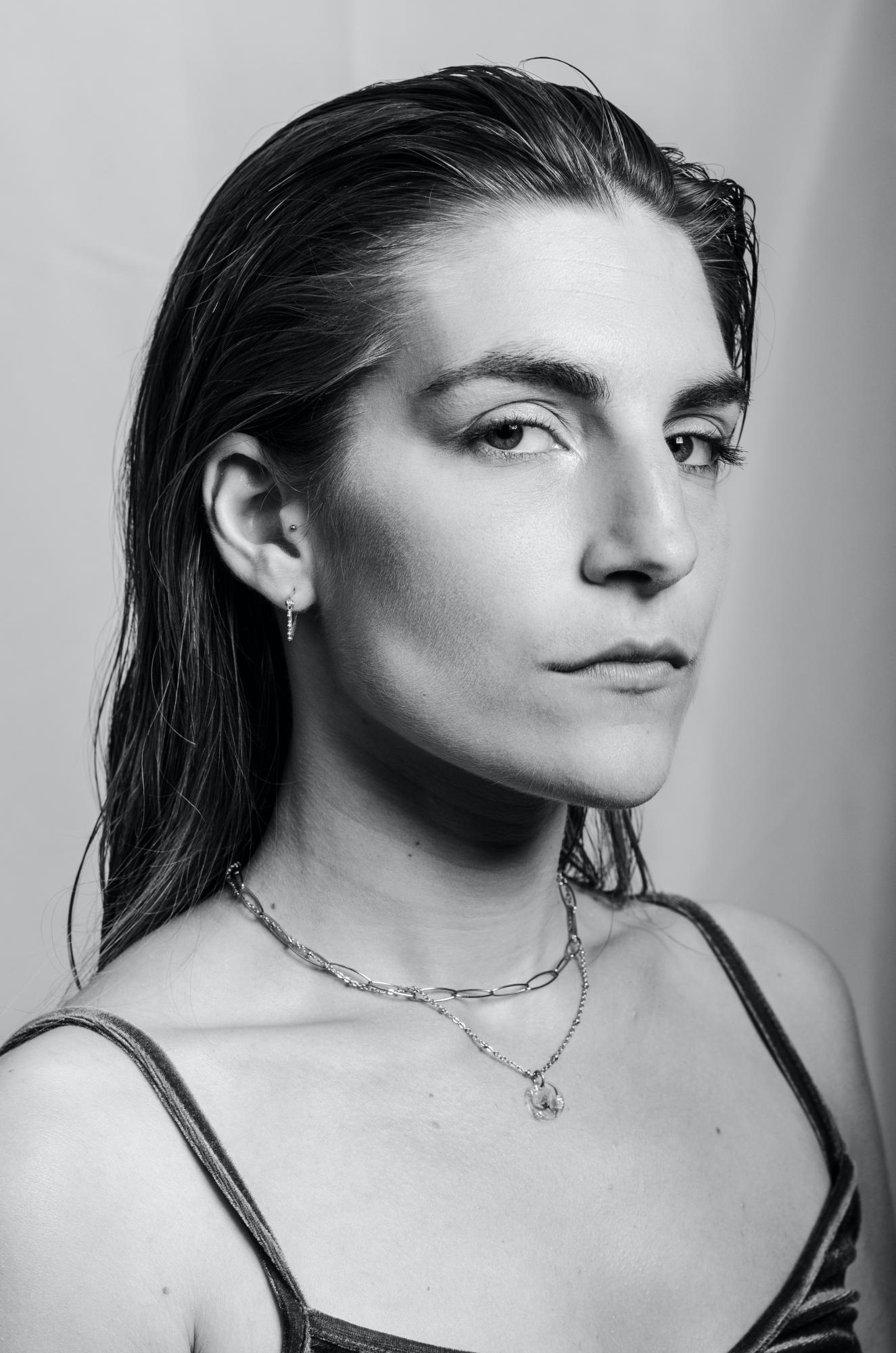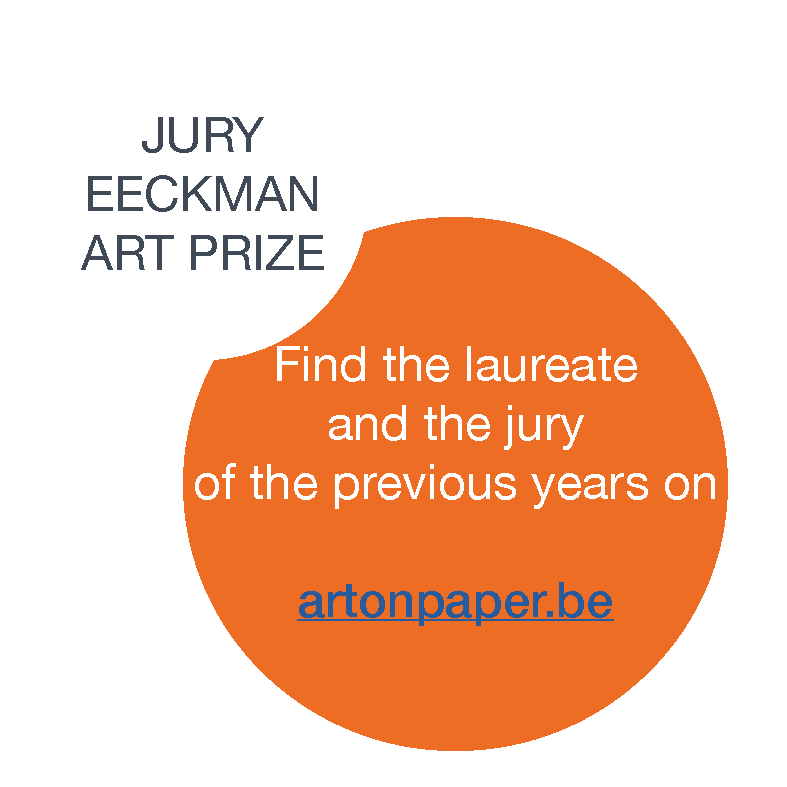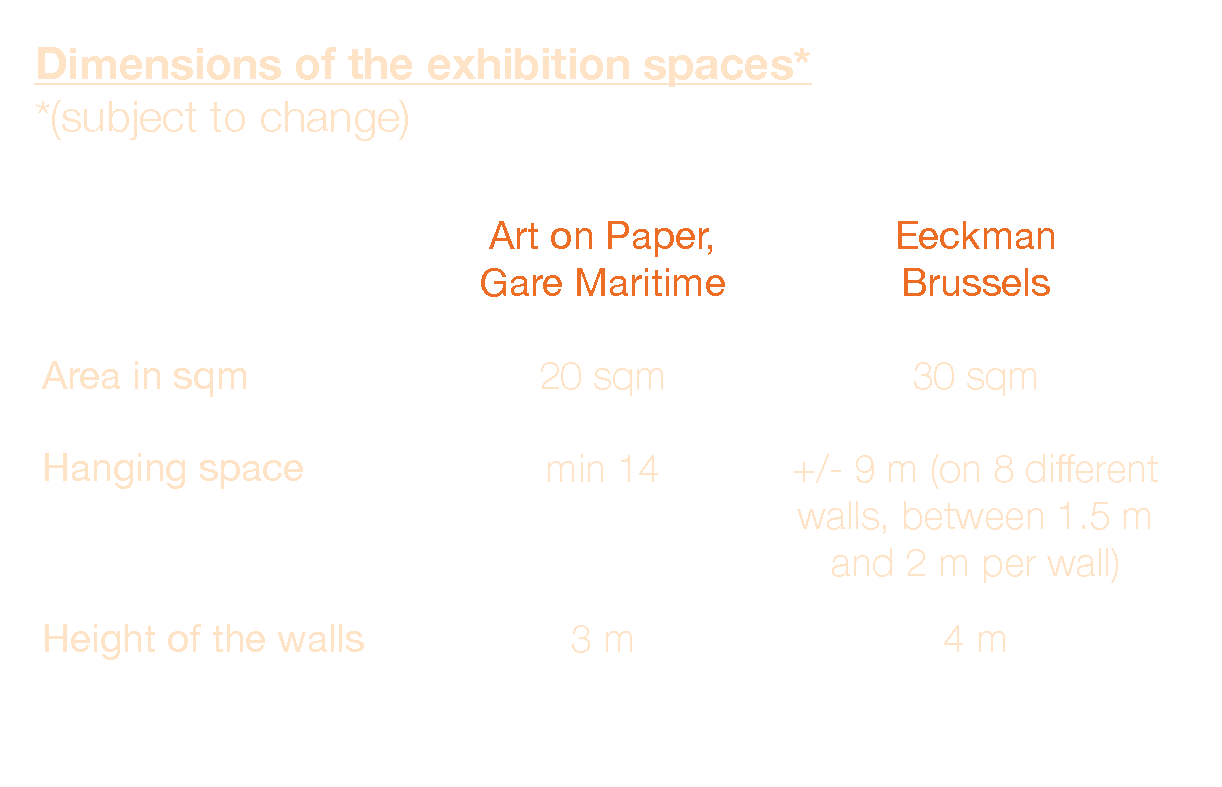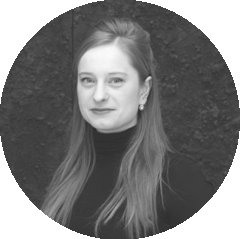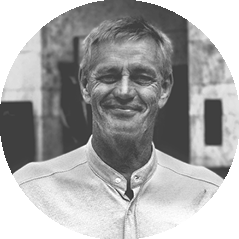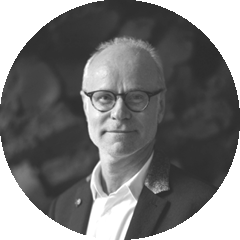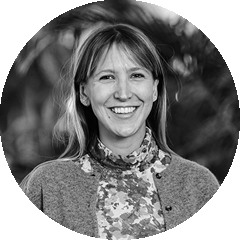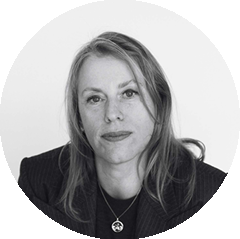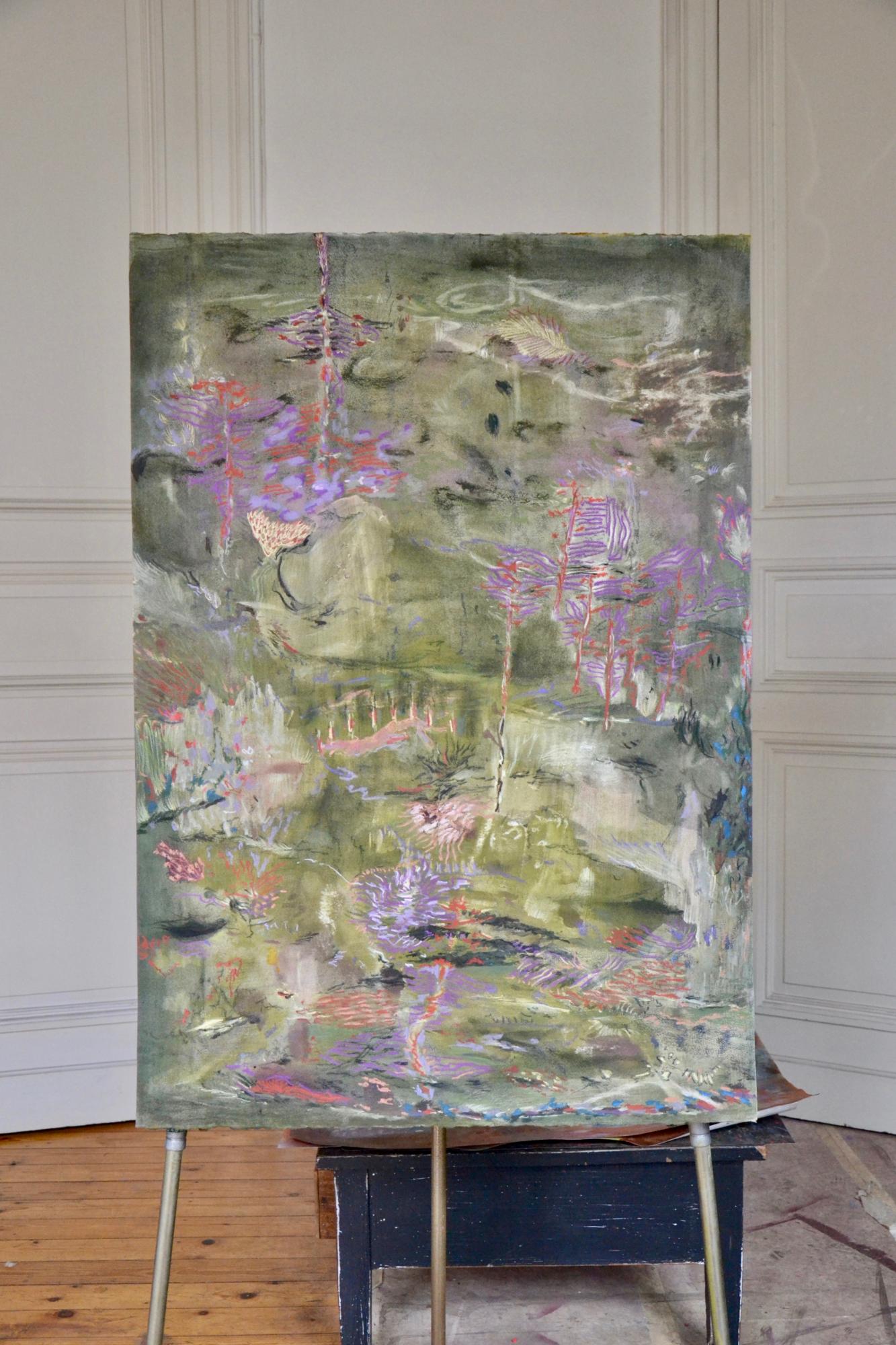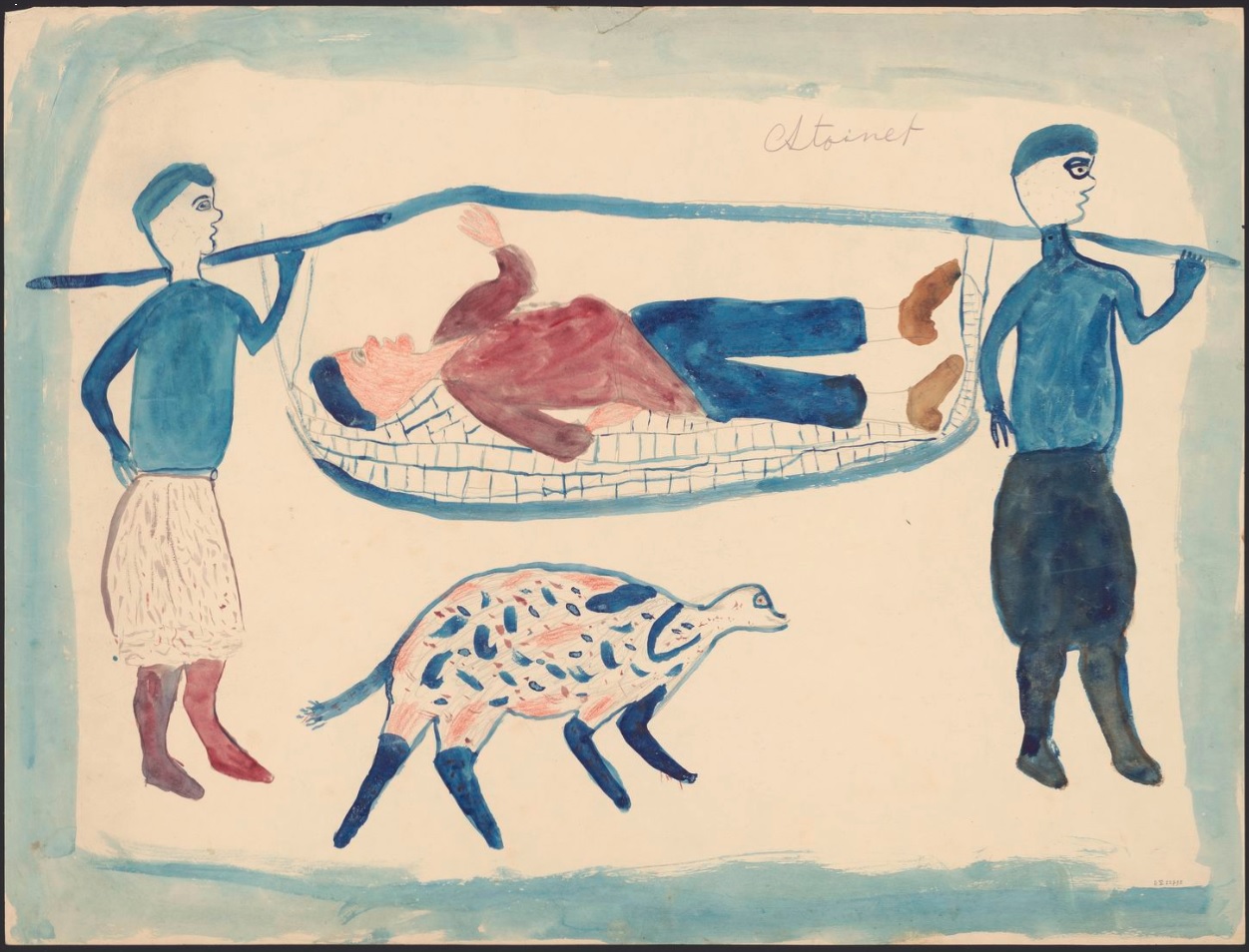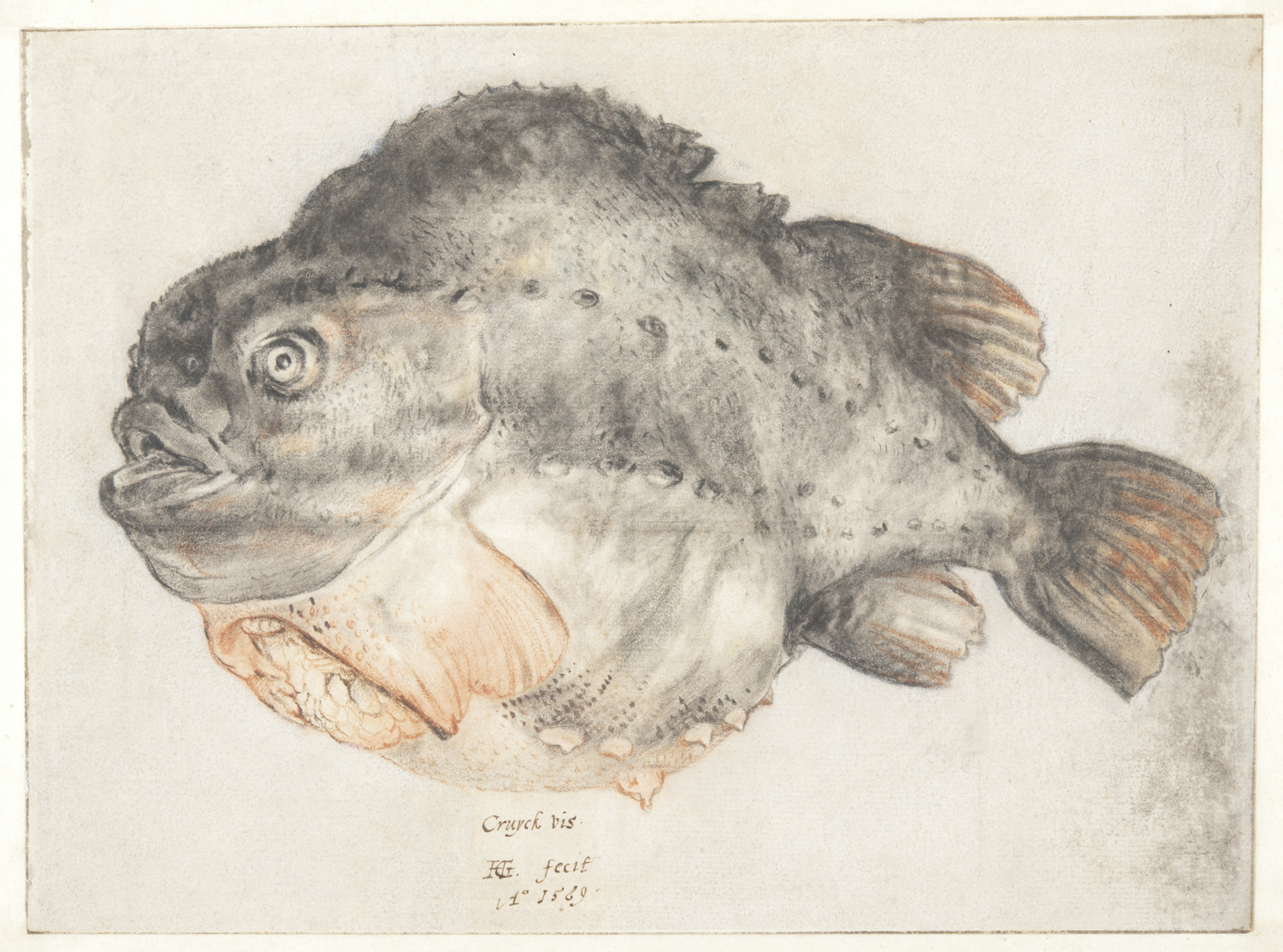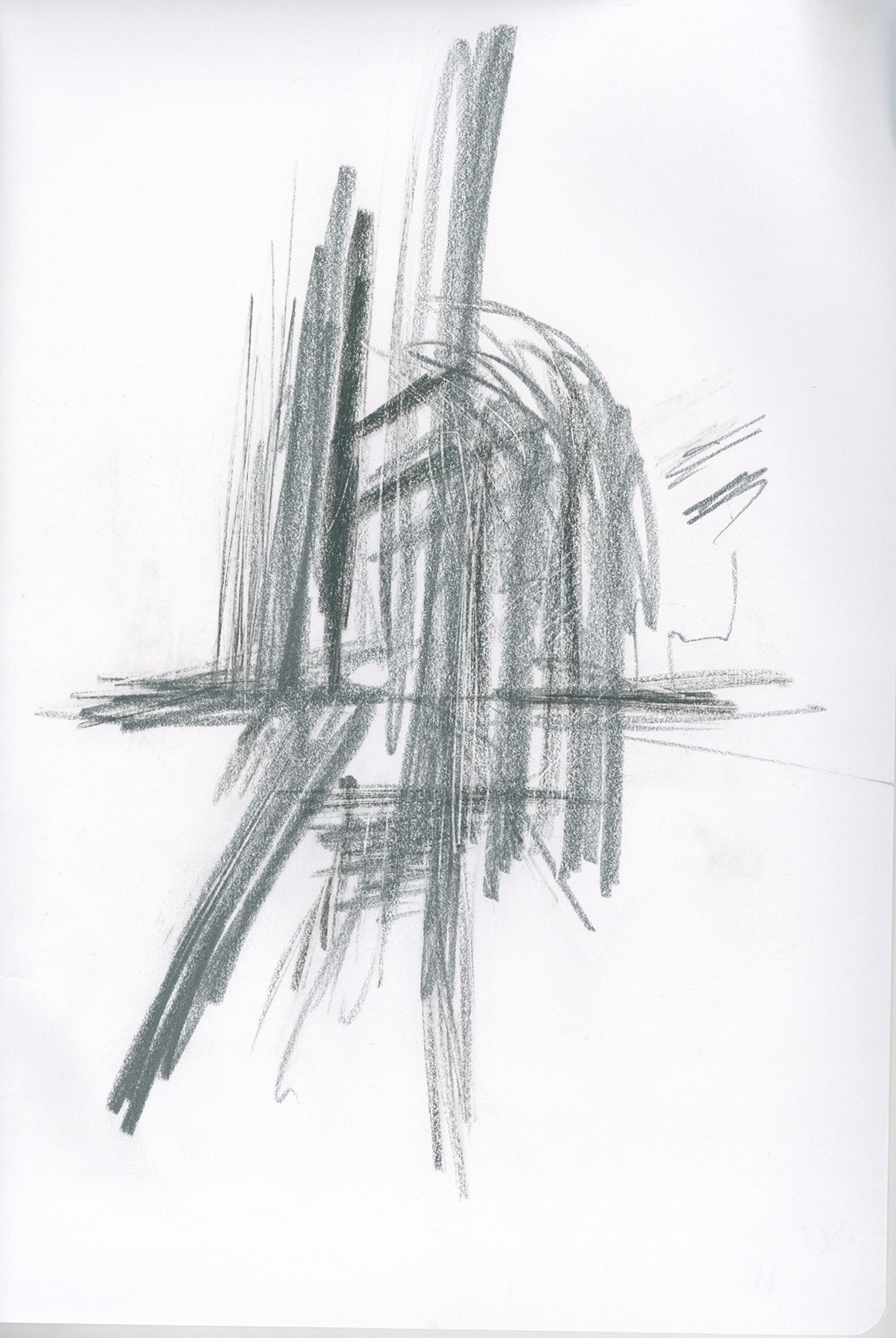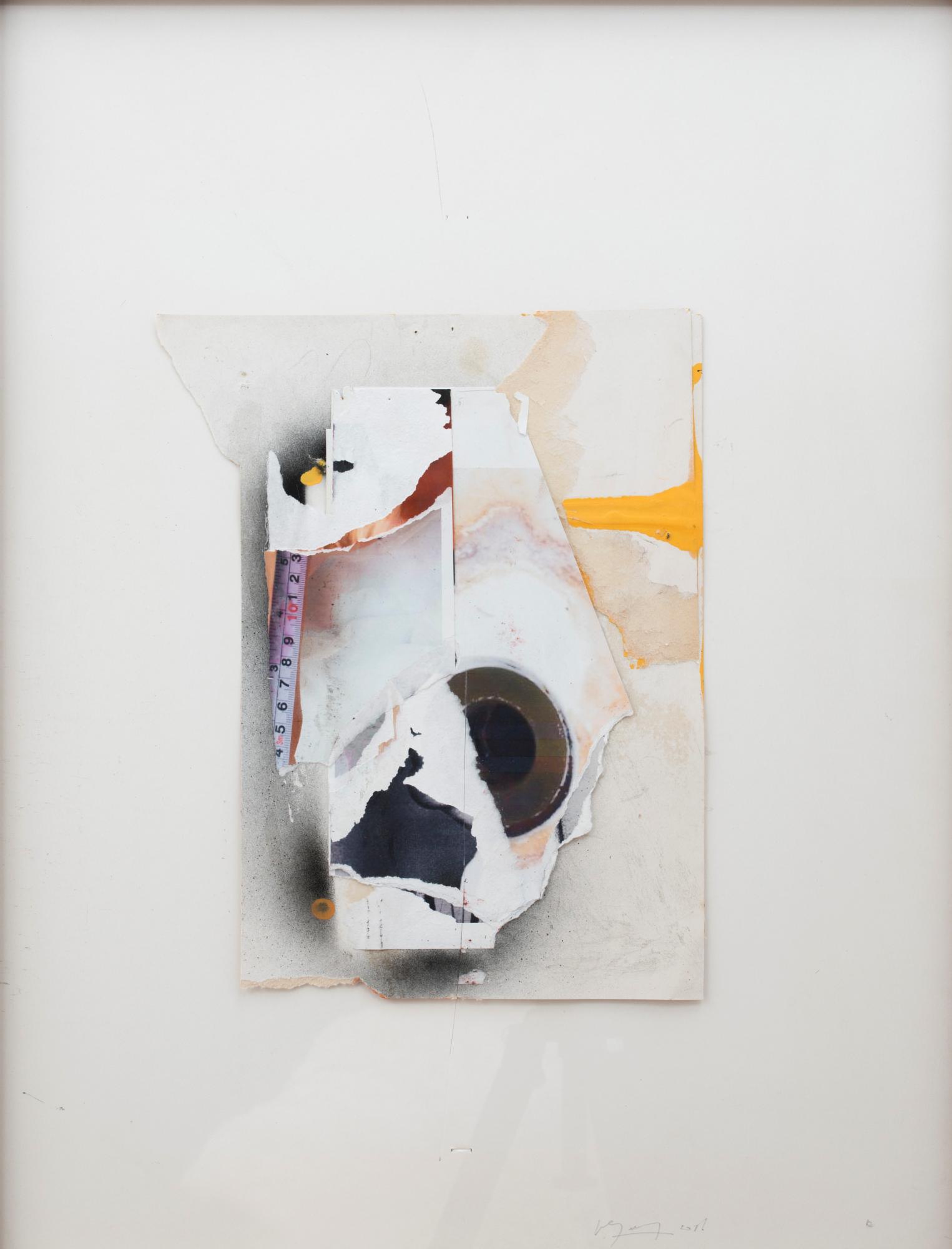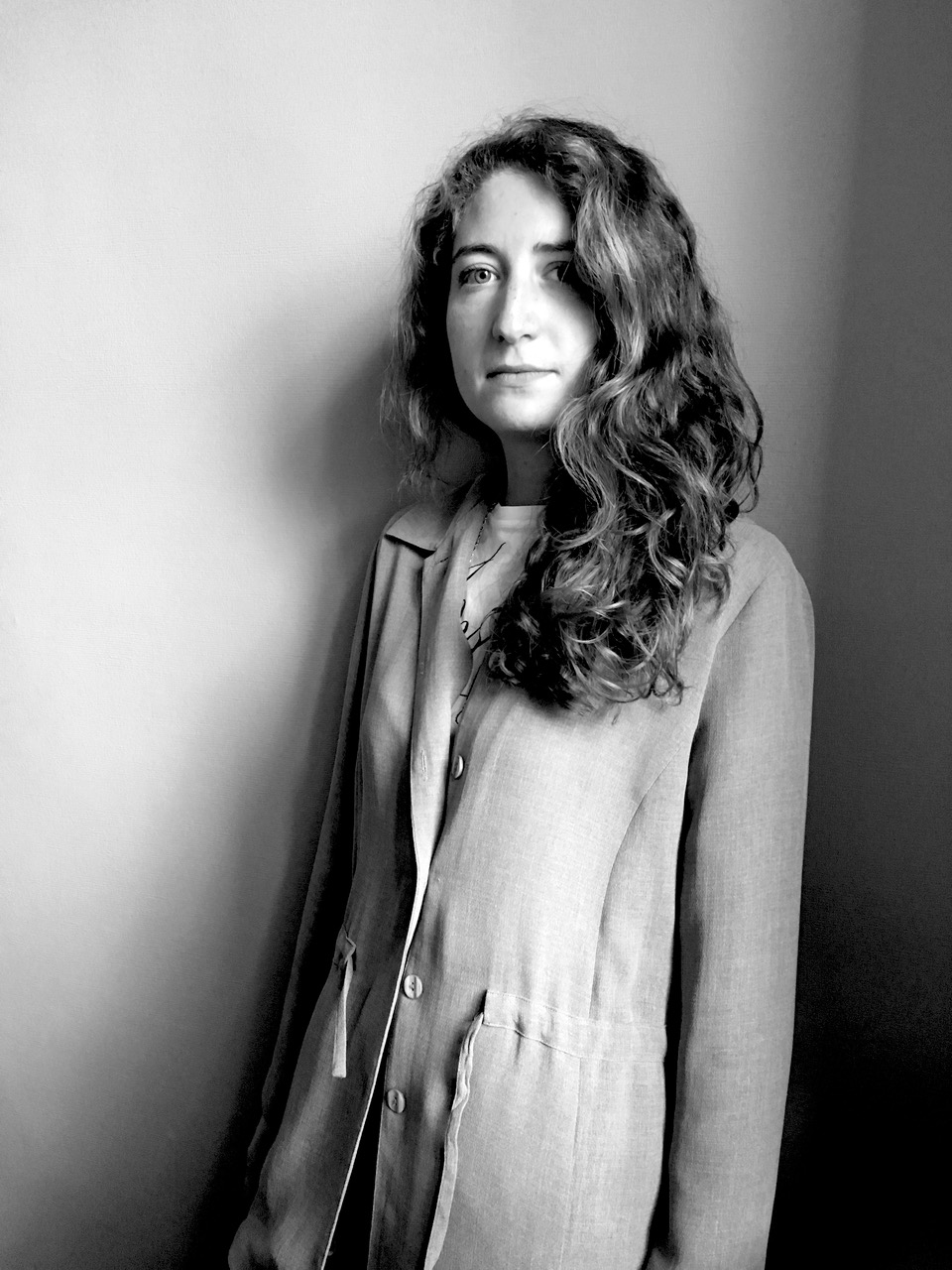You shared your for Best Solo Show with Simon Delobel, owner of the Trampoline Gallery in Antwerp. Can you tell me a little bit more about your relationship with Simon, your gallerist?
Yes, Simon Delobel and I built the booth together, so it seemed natural to share the price. When you are exhibiting alone, it gets very intense but when you work together, it is much more fun and enjoyable. I have great memories from the Art on Paper 2019, it made our friendship stronger.
There is a book called “Vineland” by Thomas Pynchon, an American writer. He writes about an old hippie, Zoyd Wheeler, who lives on government cheques because he has psychological problems. Every year he has to do something to prove to the government that he is still crazy. He would call the media, dress as a woman, and jump through a window. The press would get footage of him doing all kind of crazy things and release it on television. After that, the old hippie would be okay for the rest of the year. For me, it is the same with exhibiting my work. I just have to jump through the window once in a while and I will be okay for some time. And then, a year after, or two years later, I will have to do it again, to prove I am still around.
What has 2020 been like for you and what is coming next?
During the first lockdown, I worked a lot on my drawings, I thought that I should have a look at all my drawings to see which ones were valuable. I have thousands of them. Most of the time, they are just scribbles but sometimes I find one that is really good. Thanks to drawing, my search for the reality beneath the images is an endless quest that I enjoy and will continue to pursue in my work. Trying again and again to look at something and trying to convey it on paper, knowing that you are never going to get the reality of it.
At the beginning of 2020, I started painting from nature in my studio. I worked on still life, looking at some cups, apples or fish. It was another way of making contact with what I was seeing.
Now I am actively preparing my exhibition coming up on 28 May at the M-Museum Leuven, which will show my work over the last ten years. In 2012, I had a retrospective exhibition called “UnDEAD” at the SMAK in Ghent. A selection of what I did since then will be a showed in Leuven. Next to that, I am still teaching painting at KASK in Ghent and working on a film-montage with Jan Op de Beeck.
More info:
Photo credits:
1. Vincent Geyskens, untitled, s.d, pencil on paper, photo: courtesy of Trampoline Gallery
2. Vincent Geyskens, The Spam of Control, 2016, collage, photo: courtesy of Trampoline Gallery
3. La Simonie Gallery, Vincent Geyskens, Art on Paper 2019, Bozar, photo: Geoffrey Fritsch, courtesy of Art on Paper

![[LOGO] Art on Paper](/themes/aop/img/logo.svg)








